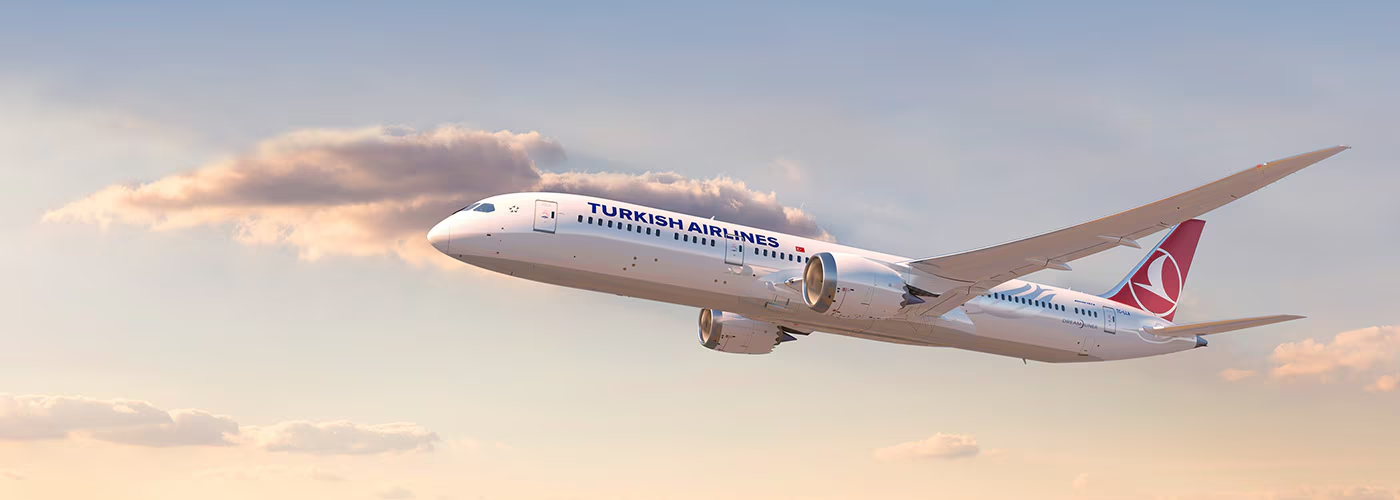Airbus Beluga: A Marvel of Engineering and Design
Airbus Beluga, also known as the “Flying Whale,” is one of the most unique and recognizable aircraft in the world. With its distinctive bulging fuselage and cheerful smile, this airplane has become a symbol of the aviation industry’s innovation and creativity. In this article, we will explore the main features of the Airbus Beluga, its specifications, and its advantages when compared to its competitor, the Dreamlifter.
Unique Design for Oversized Components

One of the hallmarks of the Airbus Beluga is its spacious cargo hold, which was designed to accommodate the largest components of Airbus’ commercial jets. The fuselage of the Beluga is nearly 60% wider and 30% taller than the standard Airbus A300, allowing it to carry up to 47 tons of payload. This makes it an ideal tool for transporting wings, fuselage sections, and other oversized parts of Airbus’ jets from one location to another.
Versatile Access to Remote Locations
Another key advantage of the Beluga over its competitors, such as the Boeing 747 Dreamlifter, is its ability to access remote and difficult-to-reach locations. The Beluga’s smaller size and greater maneuverability make it ideal for landing at smaller airports and transporting components to Airbus’ production facilities around the world. This allows Airbus to reduce the time and cost of transporting components, improving their efficiency and competitiveness.

Image by Ben cooper/Airbus
Powerful Performance and Advanced Technology
The Airbus Beluga is powered by a pair of powerful turbofan engines that provide a maximum speed of 550 km/h and a range of over 4,000 km. This makes it possible for the Beluga to fly long distances and reach its destinations quickly, helping Airbus to meet tight delivery schedules and minimize downtime. The Beluga also features advanced avionics and navigation systems, which provide pilots with the information and tools they need to operate the aircraft safely and efficiently.
Environmental Sustainability
In addition to its versatility and performance, the Airbus Beluga is also a leader in environmental sustainability. The aircraft’s advanced technology and fuel-efficient engines make it one of the most eco-friendly planes in the skies, reducing emissions and minimizing its impact on the environment. This is an important consideration for Airbus and the aviation industry, which is working to reduce its carbon footprint and contribute to a more sustainable future.

In conclusion, the Airbus Beluga is a truly remarkable aircraft that stands out in the world of aviation. Its innovative design, versatility, and eco-friendliness make it a valuable asset for Airbus and a symbol of the industry’s dedication to progress and sustainability. Whether soaring through the skies or delivering oversized components to remote locations, the Beluga will always be a giant among aircraft and a source of inspiration for generations to come.
So, what do you think about this amazing aircraft? Share your thoughts and opinions in the comments below!
READ ALSO: Airbus Beluga vs Boeing Dreamlifter
Youssef Yahya is the CEO and Founder of Aviation for Aviators, a platform dedicated to the aviation industry. With over 3 years of experience as an aviation writer, Youssef is passionate about sharing his insights on aviation, entrepreneurship, and the broader business landscape. As a Teaching Assistant in Entrepreneurship at Nile University, he also nurtures the next generation of entrepreneurs. When he’s not exploring the skies or business ventures, you can find him saying, ‘Drag your coffee, and let’s talk aviation, entrepreneurship, and football.’
You might also like:
- Breaking: Boeing Announces Delay in 777X Delivery Until 2026
- Virgin Atlantic To Join SkyTeam Alliance
- What Makes Formula 1 Cars Similar to Aircraft
- Premium Economy – The Economy Class Alternative
- The Tragic Crash of Flight 182
Discover more from Aviation for Aviators
Subscribe to get the latest posts sent to your email.














Post Comment